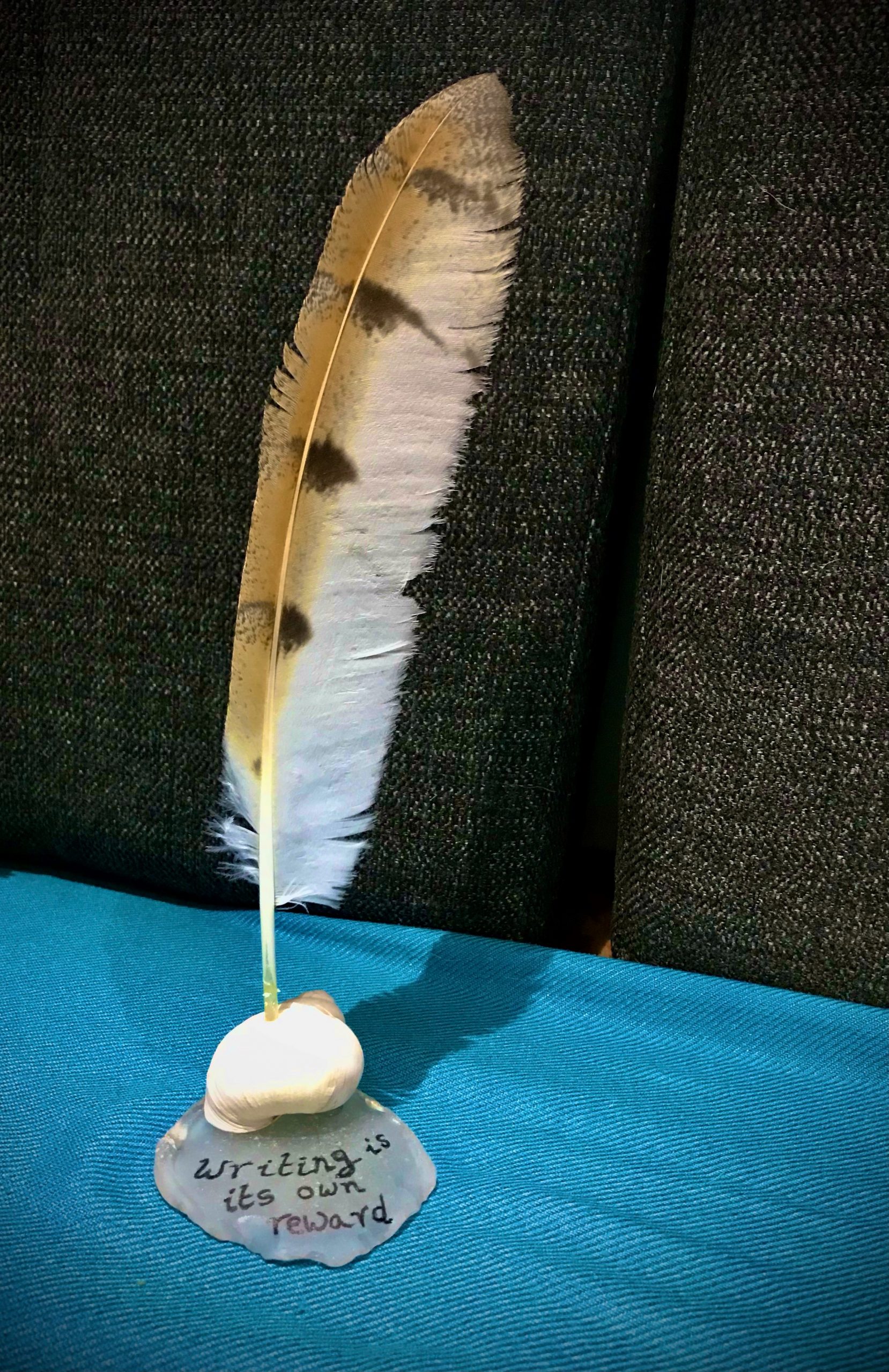Wallace B. Nicholls
The Link, July 1934, p.6
Very sadly, I have been able to find out NOTHING about Wallace B. Nicholls, save for his dates (1888-1967) and the fact that he was educated at Westminster School in the heart of London. The person who wrote the foreward for his book, however, has an entry in Wikipedia (Gordon Bottomley). It is a pity that information about him is not easily available, as Miss Mawer gives an absolutely glowing review of his book The Speaking of Poetry.
While Irene Mawer was famous in her day for her work in mime, it should be remembered that she was also brilliant in the field of voice and movement, and words were her passion. So to hear her say that such as book as this had been long-awaited and that it was exactly what both the teacher and the student needed, is praise indeed.
Miss Mawer found that much of Nicholls words remained with her, even after she had put the book down “with that haunting music which is the essence of fine verse and prose alike.” That was truly a compliment coming from Miss Mawer, who, I feel would not suffer fools gladly where words were concerned.
I think Irene is saying that instead of getting the reader bogged down in the practicalities of technique, Nicholls instead encourages the student to see the bigger picture, and to use their imagination before worrying too much about getting the technique correct. Am I right to say that? I don’t know, and certainly it conflicts with my own mime training where technique was everything. Perhaps that was a failing on my part, though, as I recall that when I was teaching mime, one of my students entered a mime competition. Although she did really well, my student didn’t win, and I was livid because her technique had been perfect. However, the winning performer who didn’t have a perfect technique did make everyone laugh. So, there’s perhaps a lesson in that somewhere…
Here, in full, is Irene Mawer’s review:
“We have long waited for an exposition of the speaking of verse from the point of view of the poet. Here is a book which gives just what is needed by the student and the teacher. The definitions of the various forms, Lyric, Sonnet, Ballad, Satyric and others, are clear, simple and straightforward, and their approach by the speaker is made easier by the author’s keen appreciation of the artisitic values of both the spoken or the written word. This is no pedantic study of prosody. It is alive in every word, and many phrases linger in the mind, with that haunting music which is the essence of fine verse and prose alike. Many works on the art of speech seem to enwrap the student in a maze of technicalities of voice production and prosody. This little book, on the other hand, opens the windows of the mind to a clear vista of broad lands well worth adventuring. The work of the poet and the speaker are accepted as kindred arts, and are here united with a true appreciation of the instinct for beauty of form which must always be the inspiration of all art.”

